Description
HISTORY OF THE A5
Built in 1863 by Sharp Stewart & Co for the Furness Railway, the Class A5 were 0-4-0 tender locomotives designed primarily for shunting & short goods trip workings. Numbering only 8 in total, they were fairly successful designs for their day. The eight members of this class were of the builders’ own design, and differed considerably from the earlier 0-4-0s such as the famous Copperknob. The engines were fitted with standard Sharp four-wheeled tenders, of which the FR eventually had a considerable number, as a modified version was also fitted to the later 2-4-0 and 0-6-0 engines built by the same firm. Six engines of this class were sold in 1870 and 1873 to the associated Barrow Haematite Steel Co., thus having a comparatively short career with the FR. This was not because they were not good engines; far from it, for they gave good service in the steelworks for many years, in fact some reached the ripe old age of 80 years. The reason they were sold from the Furness Railway ownership is because shortly after they were built, the railway adopted new goods wagons which the A5’s could not cope with & were too much for these small locomotives to handle. They were altered by Sharp’s to saddle tanks before being handed over. Furness trains were rapidly becoming too heavy for these small engines, and their work could be performed better by the 0-6-0 type which were just coming into their own. For such light work as was within the capacity of the four-wheeled engines, the older Bury and Fairbairn classes were adequate, and it was considered better to sell the Sharp engines while they were comparatively new and could command a good price. Nos. 27 and 28 were retained by the railway and were finally taken out of service in 1918.
HISTORY OF No. 20
Furness Railway No. 20 is the flagship locomotive of the Furness Railway Trust. It is the oldest working standard gauge steam engine in Britain. Furness Railway Number 20 was built in 1863 by Sharp Stewart & Co. of Manchester. The rapid growth of traffic on the Furness Railway in the 1860’s resulted in these small four wheeled engines soon becoming obsolescent. In 1870 the first four of the class, F.R. Nos. 17, 18, 19 and 20 were sold to the Barrow Haematite Steel Co. at Barrow with 25 and 26 following in 1873. For many years it was assumed that the BHS Co numbers allocated followed the same sequence as the locomotives had had on the Furness Railway. This led to a riddle about the engine’s true identity that lasted for a century. FR Co.’s No. 20 became BHSC No. 7. This company, formed in 1864, had very close links with the Furness Railway and at the time possessed the biggest Iron and Steelworks in the world supplying steel rails to railways across the planet. It is believed that Sharp Stewart & Co. took the six, still very new, engines back to the works, to convert them to saddle tanks before delivery to the BHSC. In 1915 BHSC No. 7 (F.R. No. 20) was rebuilt with a new boiler and in the 1950’s was re-wheeled. Unlike the rest of the former F.R. locomotives purchased by the steelworks, BHSC No. 7 retained its original wheel diameter of 4 ft 9 ins. It continued in traffic until 1960 when diesel locomotives were introduced. Yes, that’s right: 90 years service at the steelworks, and just 3 years short of its centenary!
Instead of being scrapped, the two remaining former F.R. machines (steelworks numbers 7 and 17, formerly FR numbers 20 and 25) were presented to local schools. BHSC No. 7 stood in the grounds of the George Hastwell Special School in Abbey Road, Barrow for over twenty years, until it was purchased privately in 1983 and moved to the Steamtown Railway Museum at Carnforth in Lancashire. Restoration began, but it was cut short by the death of one of the owners. The dismantled remains were acquired by the Furness Railway Trust in 1990 to safeguard the future of the locomotive. On 24th August 1996, to the day the 150th Anniversary of the first Furness Railway passenger train, it was announced that the Heritage Lottery Fund had awarded a grant of £97,000 to assist the restoration of No. 20 to its original Furness Railway condition as an 0-4-0 tender locomotive. Grants towards the £140,000 cost of the project were also received from the PRISM Fund of the Science Museum, The Idlewild Trust, Furness Building Society and Cumbria County Council.Copies of the original outline drawings for the loco were sourced from the Science Museum whilst further information was obtained from detailed study of four old photographs of F.R. Nos. 27 & 28, including this fine view of No. 27 at Barrow. The Furness Railway Trust prepared detailed drawings for all the new components required and received help from as far away as Turkey where a similar, surviving, Sharp Stewart tender was located and surveyed!
The stripped down frames and motion of F.R. No. 20 were delivered to the Barrow-in-Furness workshops of Marconi Marine (V.S.E.L.) on 18th December 1996. After a total rebuild, including the construction of a new boiler and tender, the locomotive emerged two years later on 17th December 1998, resplendent in Furness Railway Indian Red livery. The new boiler, of mainly riveted construction, was made by Israel Newton & Sons of Bradford. Marconi Marine (V.S.E.L.) constructed the tender chassis and students and staff of Furness College, Barrow, built the tender superstructure which houses 1,200 gallons of water and two tons of coal. The tender is of welded construction, but dummy rivet heads were welded into position to get the “right look”; this expertise was shared in 2008 by the team rebuilding L&HR-based Fairburn tank No. 42085 at the Great Central Railway, Loughborough. No. 20 was rebuilt by Furness Railway Trust volunteers and contractors, using facilities and assistance afforded by the shipyard.
A major milestone was achieved on 13th January 1999 when F.R. No. 20 passed its in steam boiler examination and made its first journey on the Lakeside & Haverthwaite Railway in Cumbria, its new home. It was formally re-launched into service by Lady Grania Cavendish at a ceremony at a very wet Haverthwaite station on April 20th 1999! The locomotive has since won many hearts in its native Furness and further afield.
Today No. 20 is a star attraction at many railway galas it attends & currently is running after a major overhaul.

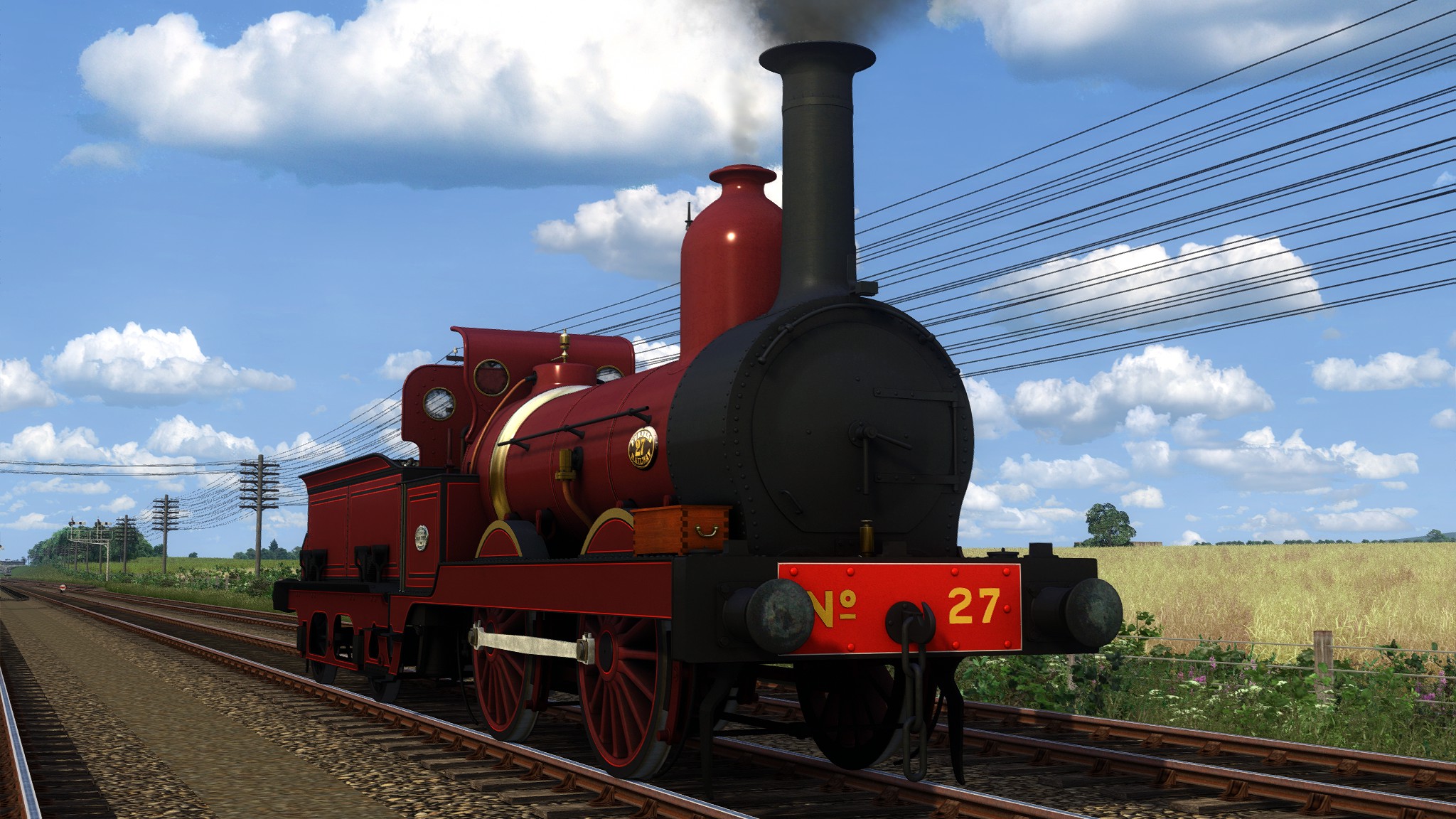
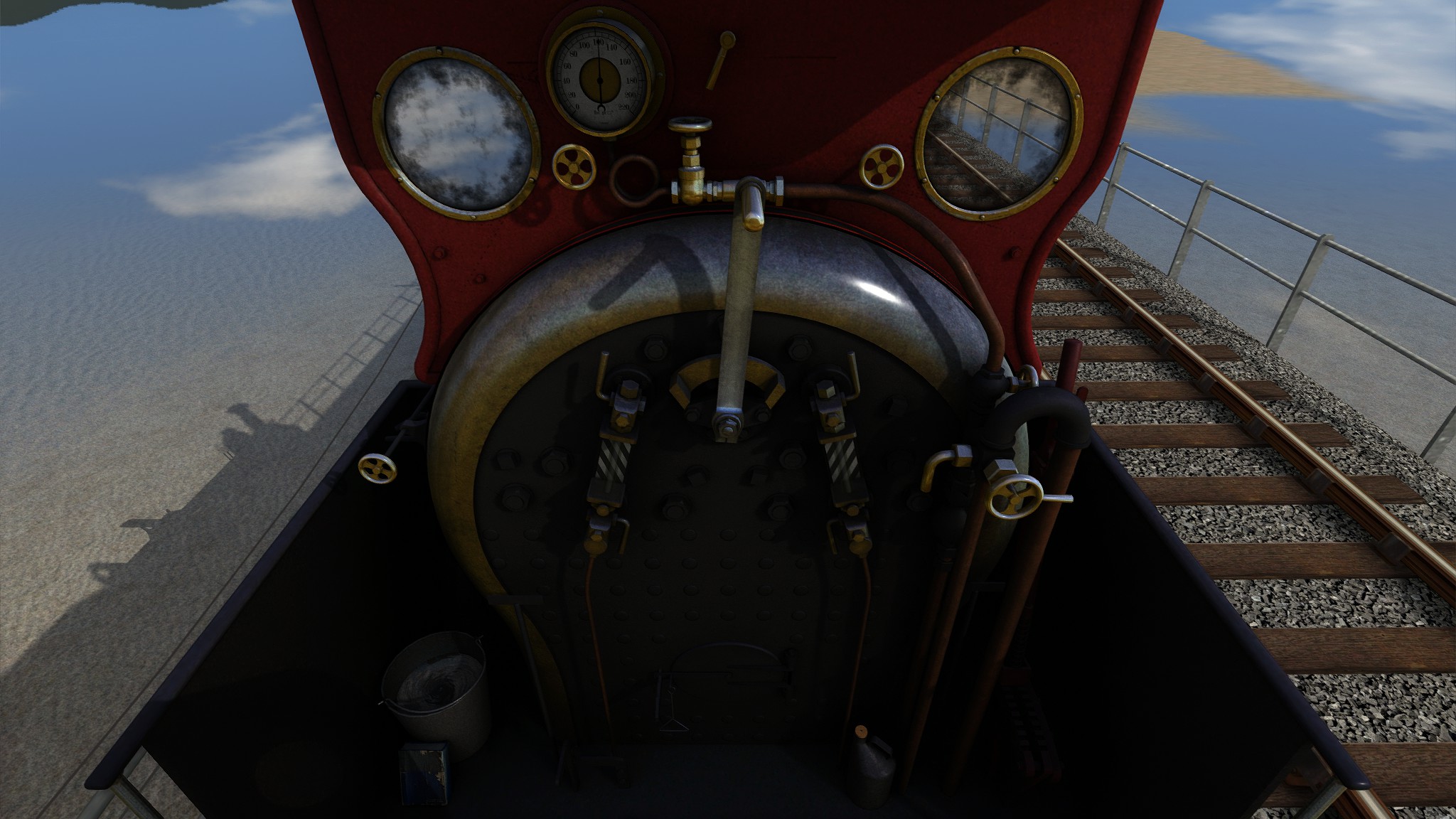
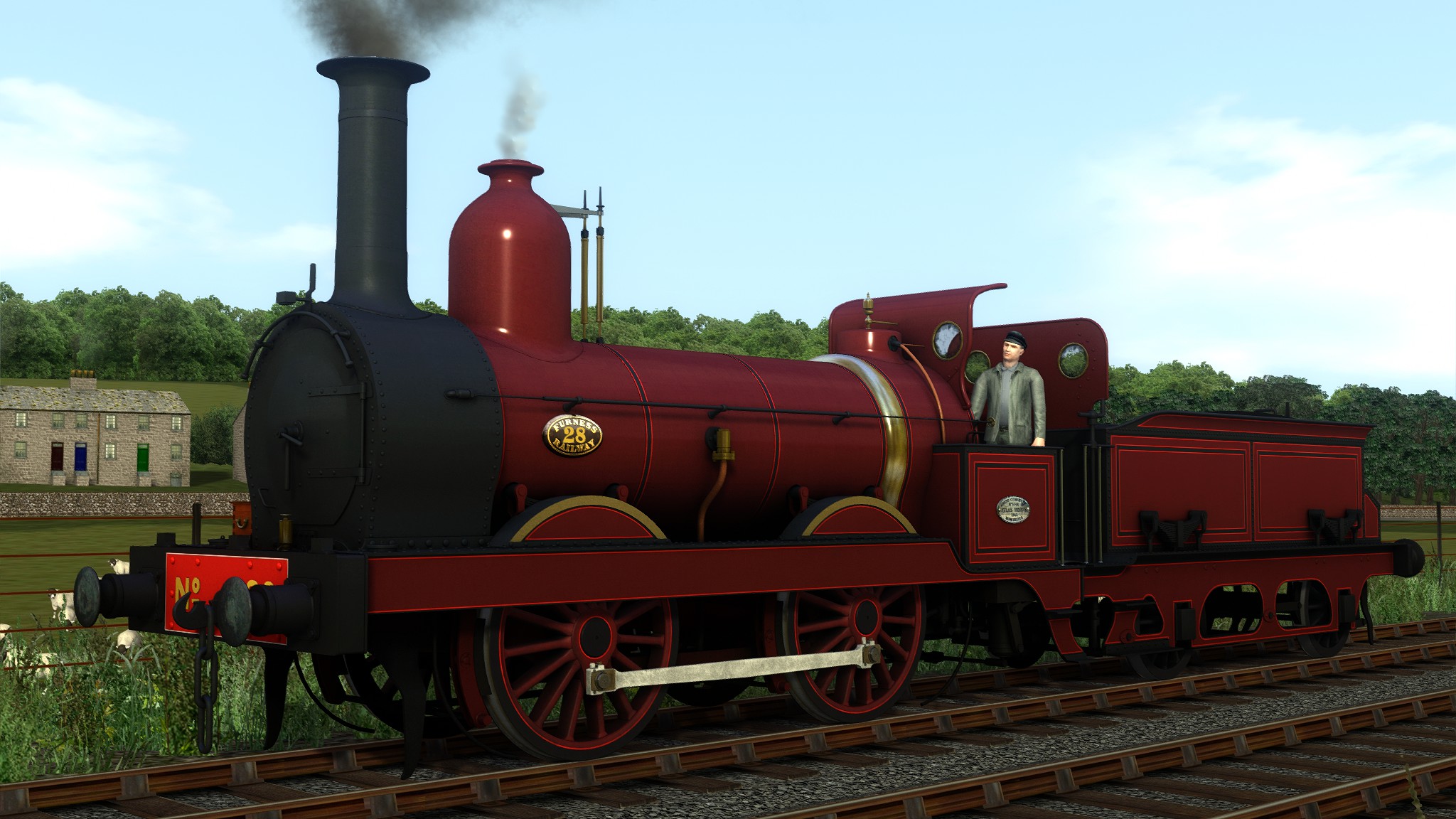
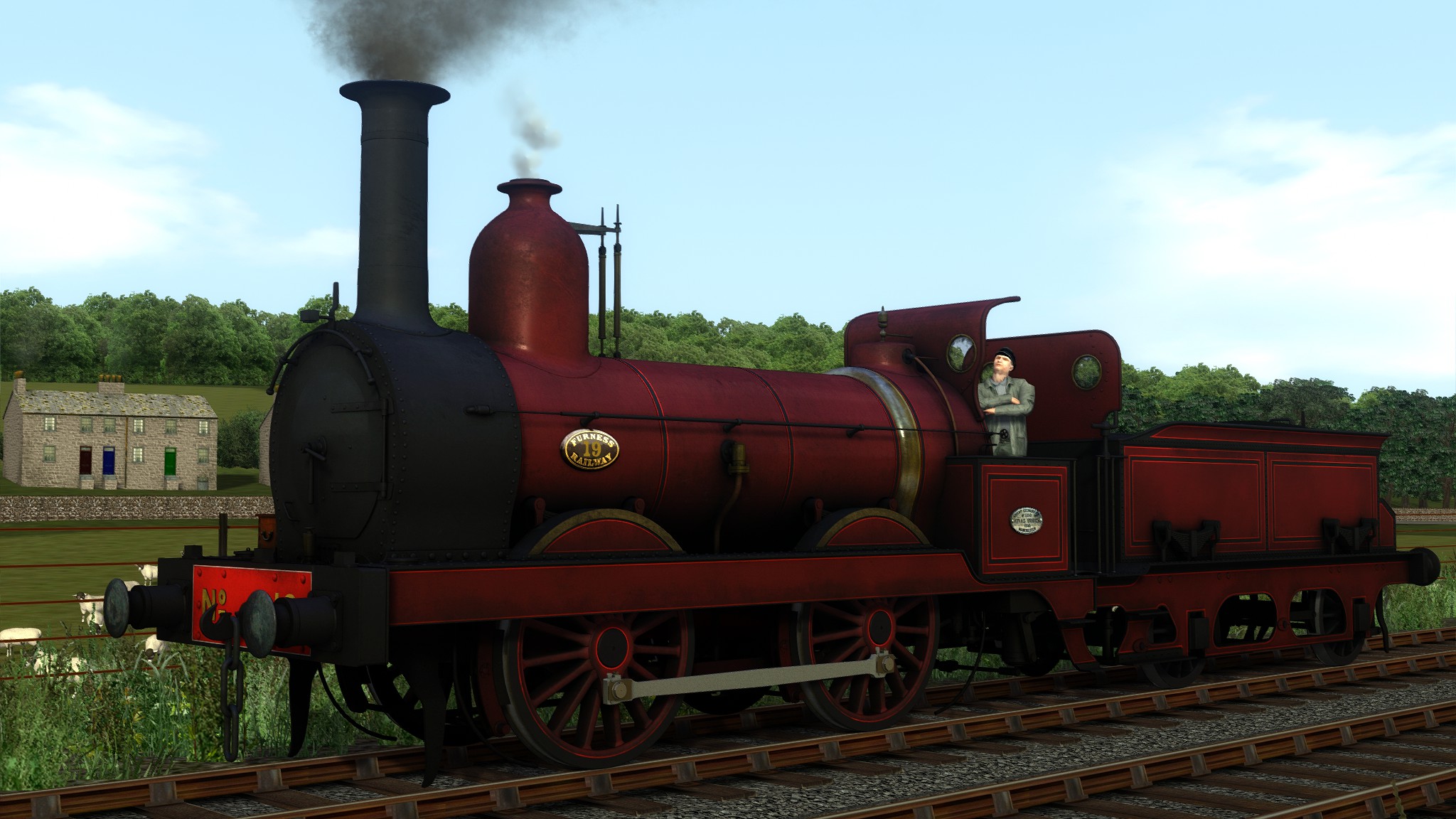
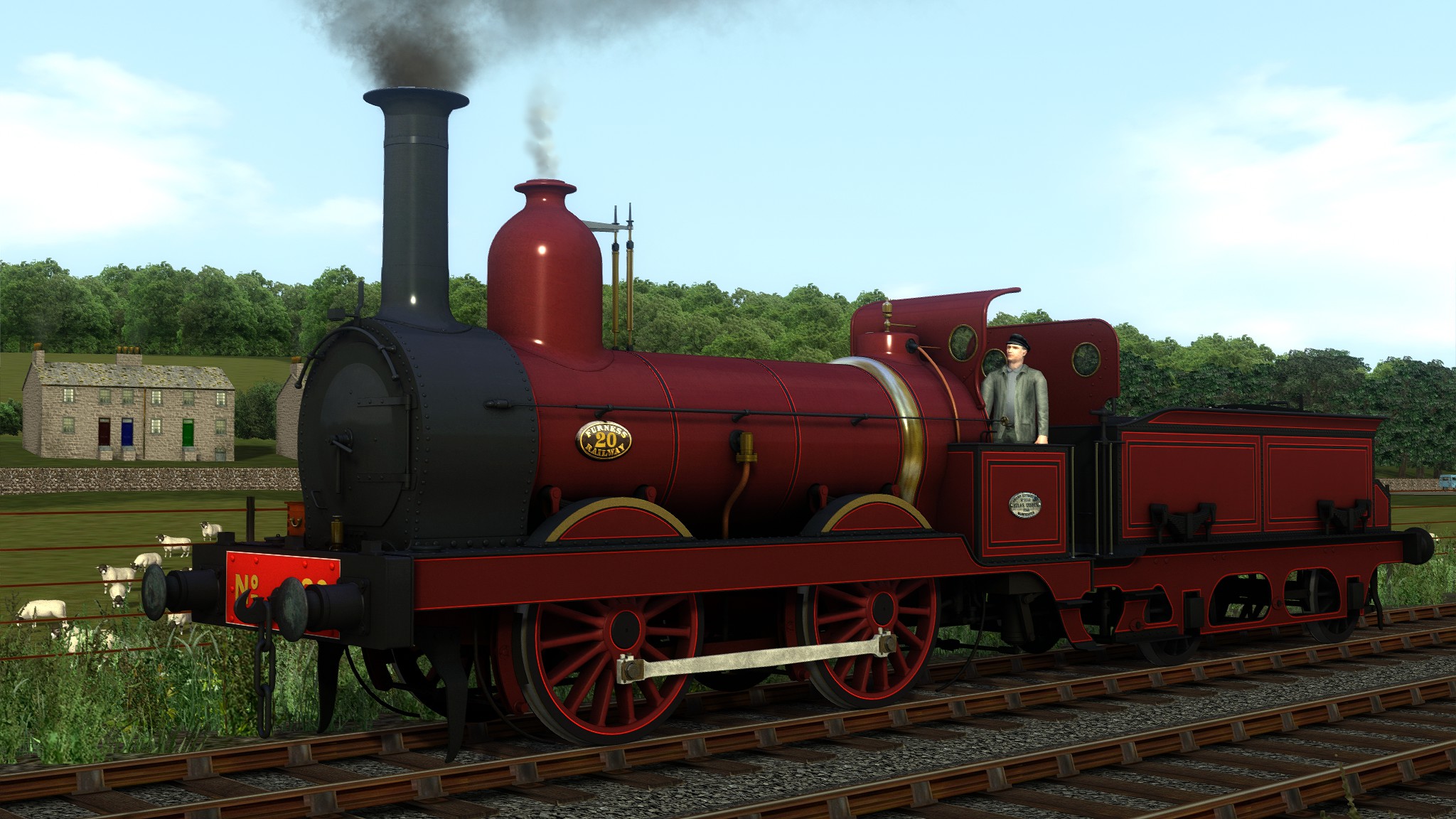
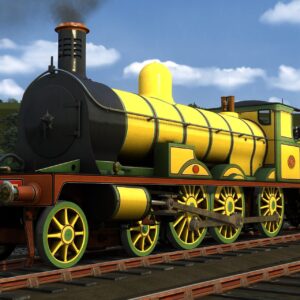
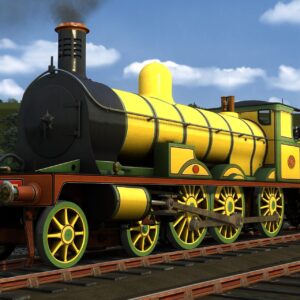
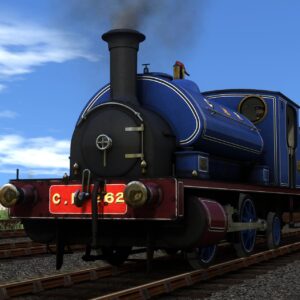
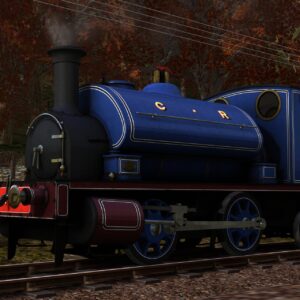
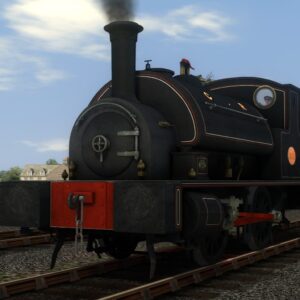
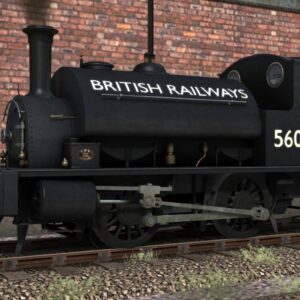
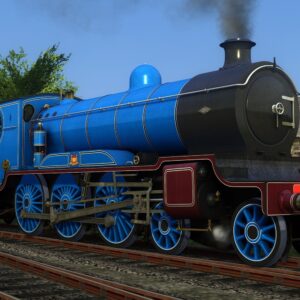
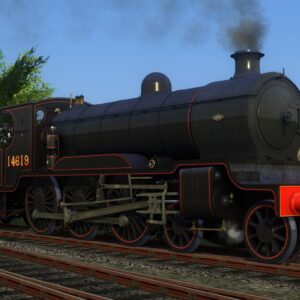
Mats dubois (verified owner) –
It’s a very cute tender engine. and as far as I’m aware the only FR locomotive in train simulator. and again it’s super cute.